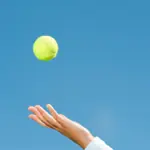
The service toss, which some might view as rather insignificant, plays a large and important role in your serve. In order to be able to hit a good serve, you must have a good consistent toss.
Some players have problems with their toss, and some do not. Those who struggle with their toss often become nervous and end up committing a lot of double faults.
More: Federer's Serve: A Model of Perfection
The toss must be completely automatic, no thought required. I highly suggest practicing just your toss until you're extremely comfortable and can execute it without thinking about it.
Here are three tips to improve your service toss.
Eye Contact
Always watch the ball from the very beginning of the toss. Avoid tossing the ball up and then start looking for it in the air. Keep your eye on the ball until contact is made.
Where the head goes the face of the racquet usually follows, and you will most likely not come up with a good serve, but instead a fault.
More: 5 Steps to a Supersonic Serve
This is where nerves can play a role especially on the second serve of big points.
When some players get nervous they tend to look to the court before they hit the ball. You have to remember to stay calm and watch the ball the whole way through.
Toss Height
Don't toss the ball too high or too low. Tosses that end up too high will be affected by the wind and cause timing problems.
Tossing the ball too low, or letting it drop too low before you serve, makes it difficult to generate any power on your serve.
The toss should be high enough so that when you extend to hit your serve you hit the ball at the peak of the toss while the ball is in equilibrium.
More: 2 Ways to Improve Your Second Serve
How high is that for you? That depends on how tall you are and how high you like to jump (assuming you jump) to get to the ball on your serve. Experiment with the toss until you find the ideal height. Then practice the toss until it's consistent.
Disguise
Many players vary their toss depending on whether they're hitting a flat, slice, kick or topspin serve. This isn't a big deal. But it may not be a good thing either. A seasoned tennis player will be able to prepare for your serve based on how you toss the ball.
My suggestion to those who are learning the different types of serve is to learn to hit all four serves from the same ball toss. This will make your serve much more effective.
The same theory is applied to the placement of your serves. If you are going to tell your opponent where you are serving, you might as well just tell them verbally as well.
When you get a chance to watch the top players pay attention to their serve, see how they toss the ball, and watch the consistency of their toss. John McEnroe and Pete Sampras were experts at disguising their serves.
Be sure you are a player with a consistent toss. If your toss isn't consistent, don't hide from the problem. Get out and practice your serves outside of match play. A match is the wrong time to work on your problems.
More: No. 1 Serving Drill to Keep Your Ball Out of the Net
 Search for your next tennis event.
Search for your next tennis event.

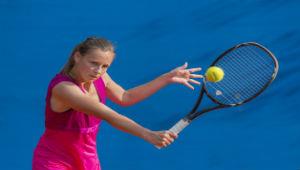
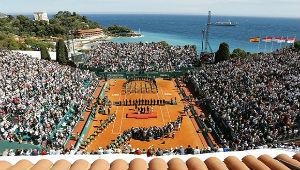
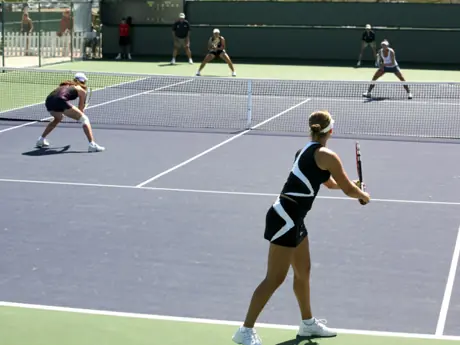
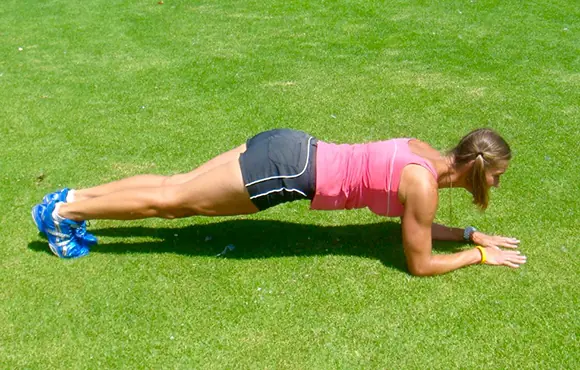
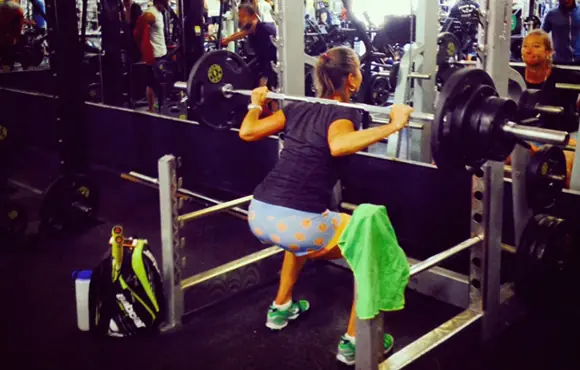

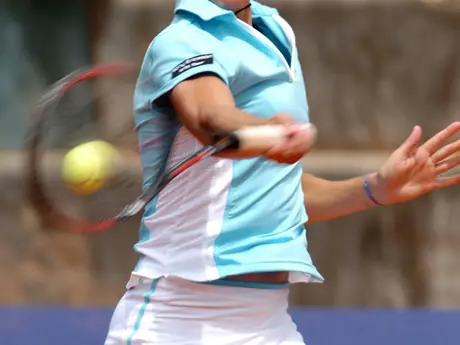
Discuss This Article